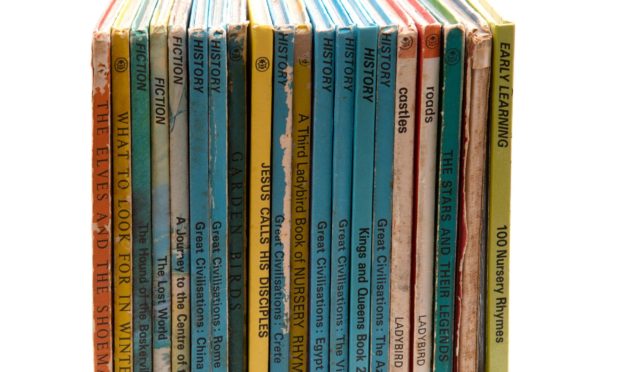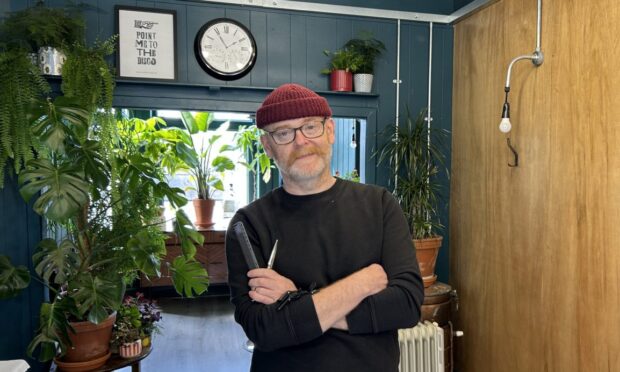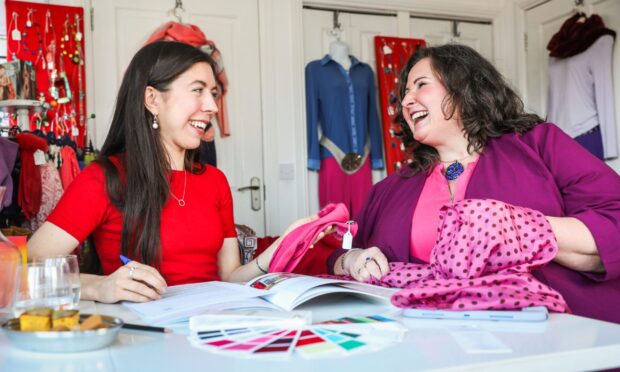Oh, happiness! Another batch of second-hand Ladybird children’s books has arrived to augment my collection.
There’s “Our Land in the Making”, “Understanding Maps”, “British Wild Flowers”, “Alexander the Great”, “Sea and Air Mammals”, “The Town Mouse and the Country Mouse”, “Bunnikin’s Picnic” (don’t judge me), “Julius Caesar, Roman Geezer” (made that last bit up).
What? What’s wrong with you now? A man of my age, you say? Unhand me, madam! I said not to judge me. Besides, these books are educational.
And the illustrations in them are marvellous. That’s really what I buy them for. Sometimes, coming across artists I like on yonder internet, I find they’d a sideline doing the illustrations for Ladybird books. These include Ronald Lampitt, Rowland and Edith Hilder, John Kenney (who did the Reverend Wilbert Audry’s Railway Series too).
What I love about Ladybird illustrations is not just that they’re so colourful and bright. It’s also that they depict people people going about their business cheerfully. Everyone has a purpose, and no one experiences monotony.
It’s like when you’re a child and you envisage being, say, a sailor because to you it just means wearing a hat with “HMS Jolly” on it and wandering willy-nilly aboot the deck with a wee smile on your face, maybe tightening a rope or something once or twice a day. Great job.
Of course, it’s not all work. Some of it is conquering (Alexander etc), which looks such fun, and some of it involves animals stravaiging hither and yon.
Even Shopping with Mother looks exciting (“We buy some socks for Susan”). All the shopkeepers are smiling. The bairns are smiling. Mummy is smiling. It’s a bit like that ideal American world in the 1950s depicted in the film Pleasantville. I disapproved heartily of that outsider fellow who came along and spoiled it.
I also have a weakness for traditional architectural drawings (not so keen on these modern, semi-photographic ones – too much real world), in which people are just walking aboot with some kind of fulfilling purpose (probably just walking aboot).
But, oh, the bright world of Ladybird books. They coincided with my childhood, when the world seemed a bit less doolally. When you’re a child, you think everything’s great, and that your world is the best of all possible worlds, however poor or rainy it might be. It’s always rich and sunny in your mind.
In traditional children’s books, everything works out. Helpful coincidences happen. Everything is organised. Even the bad people are just doing their job, and know they’re on a hiding to nothing anyway.
My team of researchers has just drawn my attention to the fact that Ladybird books are still going. But the cartoony modern ones are different from the old ones. The classics contained real works of art and the illustrations had great depth.
But, above all else, they were cheerful. They made the world look all right, full of responsible adults who loved their work and their hobbies. Even the animals loved what they were doing, be it hauling their blubber across the ice or flying aboot at night by means of inbuilt radar.
My collection of Ladybird books is in the same bookcase that holds my Tintin, Asterix, Oor Wullie, and Rupert the Bear books. What’s that you say? Grow up? Nope. I refuse.











